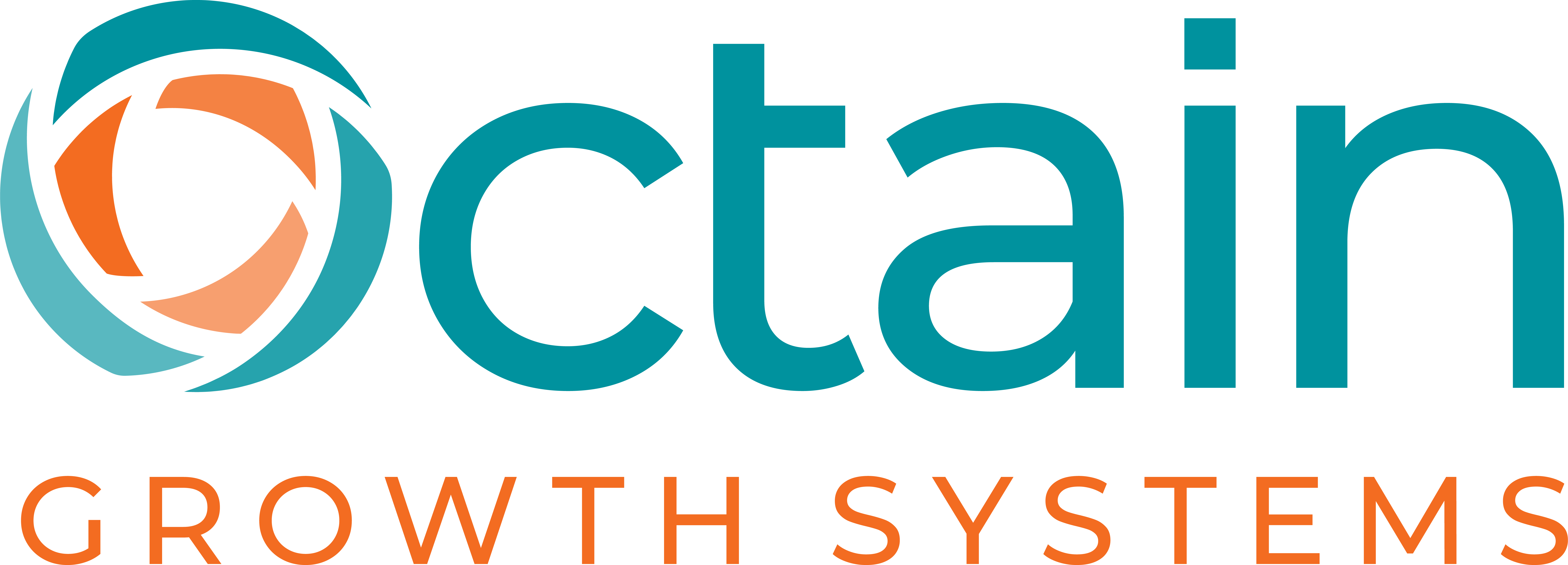It’s a fact: 80% of what we keep, we never use.
Files accumulate, email inboxes overflow, and outdated systems remain in place.
We struggle to find what we need, wasting thousands of dollars and precious work hours.
Eventually this inefficiency spills over into customer service, killing employee engagement and customer experience.
Clutter is a Stealth Enemy
Clutter isn’t just about messy desks or overflowing emails. At its core, clutter manifests as “postponed decisions,” says Barbara Hemphill, author of the bestselling book, Taming the Paper Tiger, and a renowned productivity expert.
Hemphill asserts, “Clutter is the physical and digital symptom of emotional and spiritual clutter.”
It’s the stack of papers you’ll “get to later,” the filing system you avoid, or the overflowing inbox you dread, that costs you time, space, money and energy.
5-Steps to an Intentional Business Setting
Creating a productive environment doesn’t need to feel overwhelming.
Hemphill recommends you start with these five steps:
- State Your Vision: How do you want your workspace to feel and function? Envision your perfect office environment; one that gives you confidence and clarity.
- Identify Your Obstacles: Which barriers currently prevent this vision from materializing?
- Commit Your Resources: What resources are you willing to commit to overcome your obstacles and create the productive workspace you dream of?
- Design & Execute Your Plan: How will you go about decluttering and organizing your space?
- Sustain Your Success: How will you continue making progress and not fall back into old habits that attract clutter & disorganization once more?
Why Clutter Impacts Your Business
Ignoring this clutter isn’t just inconvenient—it directly impacts your bottom line. Research shows businesses lose time and money every time employees can’t locate essential information or miss deadlines due to system inefficiencies.
In fact, according to Adam Reynolds, CEO of expense management firm webexpenses, employees spend approximately 26% of their workday on avoidable administrative chores (including looking for lost information), unproductive meetings, and outdated technology tasks.
Tackling Productivity-Blocking Clutter
Hemphill outlines four key components to create and sustain productivity in your business:
Belief in Change: Before implementing strategies, you must believe productivity is important. Without this conviction, attempts to declutter become fleeting fixes rather than lasting change.
Structured Systems: Productivity thrives on systems. As Hemphill emphasizes, whether it’s filing taxes or handling client deliverables, repetitive tasks require a system. Leverage her acronym: Saving You Space, Time, Energy, and Money (SYSTEM). Develop clear processes to handle every recurring activity.
Accountability: What’s a plan without execution? Hemphill recounts success stories where companies cultivate accountability through “productivity parties.” These are designated cleanup events where employees work collectively, turning a mundane task into a celebrated ritual. Leaders set an example by organizing their spaces first, proving productivity begins at the top.
Community Collaboration: Productivity isn’t—and shouldn’t be—a solitary endeavor. An environment of shared experiences fosters better results. A shared commitment to a clutter-free environment transforms office culture into one focused on efficiency and growth.
Final Thoughts: Productivity Takes a Village
Your journey to transforming a cluttered environment into a productive one begins with belief and a plan. Start small. Recruit team members. Make these initiatives community efforts. And in every system you implement, keep one thing in mind: clarity creates freedom—for you, your team, and your business.
Consider the unwanted legacy disorganization might leave for relatives or successors. “Would you want your children or colleagues to inherit this mess?” Hemphill asks.
Is it time to declutter your way to productivity? Is it time to declutter your way to productivity?
Begin with this scorecard from Barbara Hemphill’s website to evaluate your next steps.

